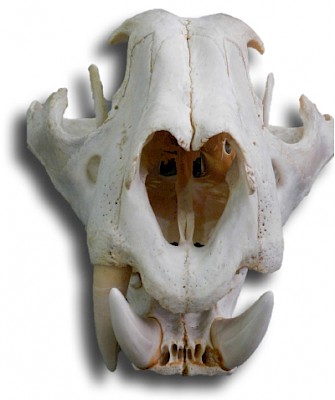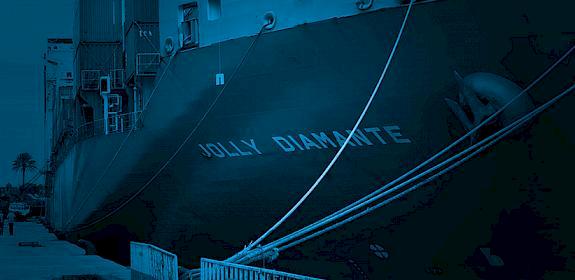Wild lions under threat from murky pan-African trade, warns survey
Pretoria, South Africa, 2nd November 2017 - A new survey examining the pan-African trade in Lion parts has highlighted “escalating and worrisome trends” that could increasingly pose a threat to wild lion populations.
The African Lion Panthera leo is in decline across its range, with populations now confirmed extinct in 18 of the 47 African countries they were once present in, and potentially in five more. Habitat loss, human-lion conflict and prey base depletion are among the contributing factors to this worrying decline but a largely unexamined national and international trade is thought to be an increasing cause for concern.
A paper published by TRAFFIC and WildCRU (Oxford University) presents the results from an online questionnaire aimed at academics and professionals working within carnivore conservation in Africa.
Participants were asked to respond to questions concerning the use and trade in lion parts in Africa as a way of gathering new insights into emerging trade dynamics and identifying key countries where they believed lion populations to be under particular threat.

Trade in African Lion body parts is widespread and ranges from products for local consumption, to sport hunting trophies, curios sold in the tourist trade and, since 2008, to bones sold in East and Southeast Asia.
African zootherapeutic use, which encompasses traditional medicine, witchcraft, magic and ceremonial applications, as well as Traditional Asian Medicine, were perceived to be the main uses to which lion parts and bones are used domestically and internationally.
Whereas African zootherapeutic practitioners and consumers mostly use fat, claws, skin and teeth for their healing rituals, Traditional Asian Medicine is largely concerned with the use of bones.
One respondent gave anecdotal evidence that “Chinese living in Zambia have on numerous occasions attempted to solicit local villagers for lion bones and carcasses”.
The general perception of participants was that derivatives used zootherapeutically were mostly obtained from poached wild lions, or “problem-lions”, killed in retaliatory human-wildlife conflicts, especially in Southern, West and East Africa.
Respondents from Botswana and Zimbabwe alleged that there were “circulating rumours about several lion breeders in Zimbabwe trading lion parts” which were being “moved to South Africa”.
In South Africa, where captive lion populations are over 50% larger than their wild equivalents, bones were mostly considered to originate from captive sources.
Since there are no corresponding CITES[1] records of this trade, this could indicate the presence of illegal lion bone trade between South Africa and its neighbours.
South Africa was overwhelmingly believed to be the country most needing increased trade research. Other countries flagged as priorities for additional monitoring included Tanzania, Zimbabwe, Mozambique, Zambia, Botswana, Kenya, Nigeria, and Cameroon.
A 2015 TRAFFIC/WildCRU study, Bones of Contention, and a recent update A roaring trade? The legal trade in Panthera leo bones from Africa to East-Southeast Asia found little evidence that South Africa’s lion bone trade was adversely affecting wild lion populations but warned that the situation needed close monitoring given the overall lack of information elsewhere on the continent.
The call for greater data-gathering was echoed in the survey, where consistent feedback called for the need for increased attention and monitoring of wild lion populations are to be protected from rising trade.
This survey reveals a worrying lack of available information on pan-African trade in lion parts. We are seeing overall population declines across the continent and increasing indicators that unregulated or illegal trade could be a contributing factor.
David Newton, Regional Director of TRAFFIC’s East/Southern Africa Regional Office and one of the authors of the paper
“Until we can clearly identify the drivers, volumes and dynamics of this trade, the most pressing solution is for co-ordinated enforcement and management combined with rigorous monitoring and scrutiny.” Professor David Macdonald, Director of WildCRU, added “Every lion conservationist I know is apprehensive that trade in lion parts may be taking off, but until our survey there were simply no data. These first results suggest that the unregulated trade in wild lion parts may be on the verge of rapid expansion. There’s no room for complacency, so we’re launching a follow-up study immediately”.
Notes:
[1] CITES is the Convention on International Trade in Endangered Species of Wild Fauna and Flora





